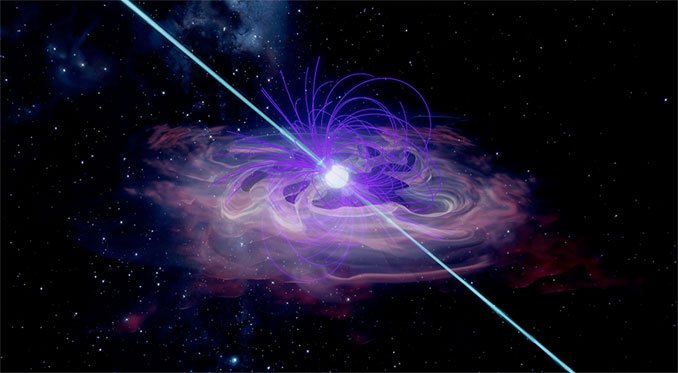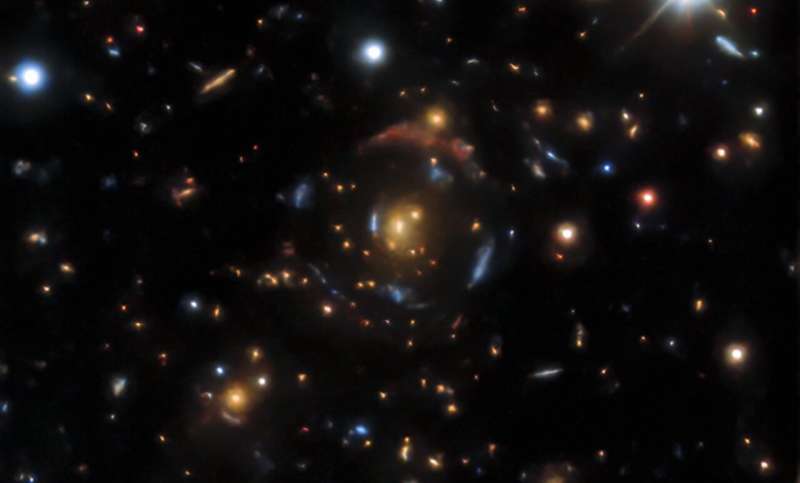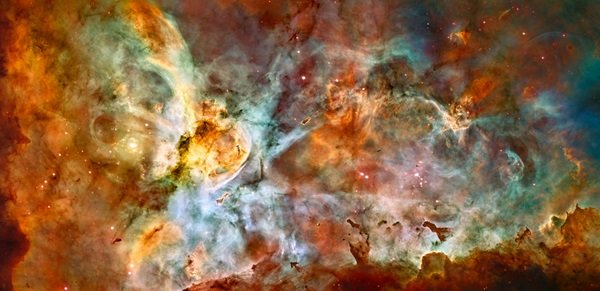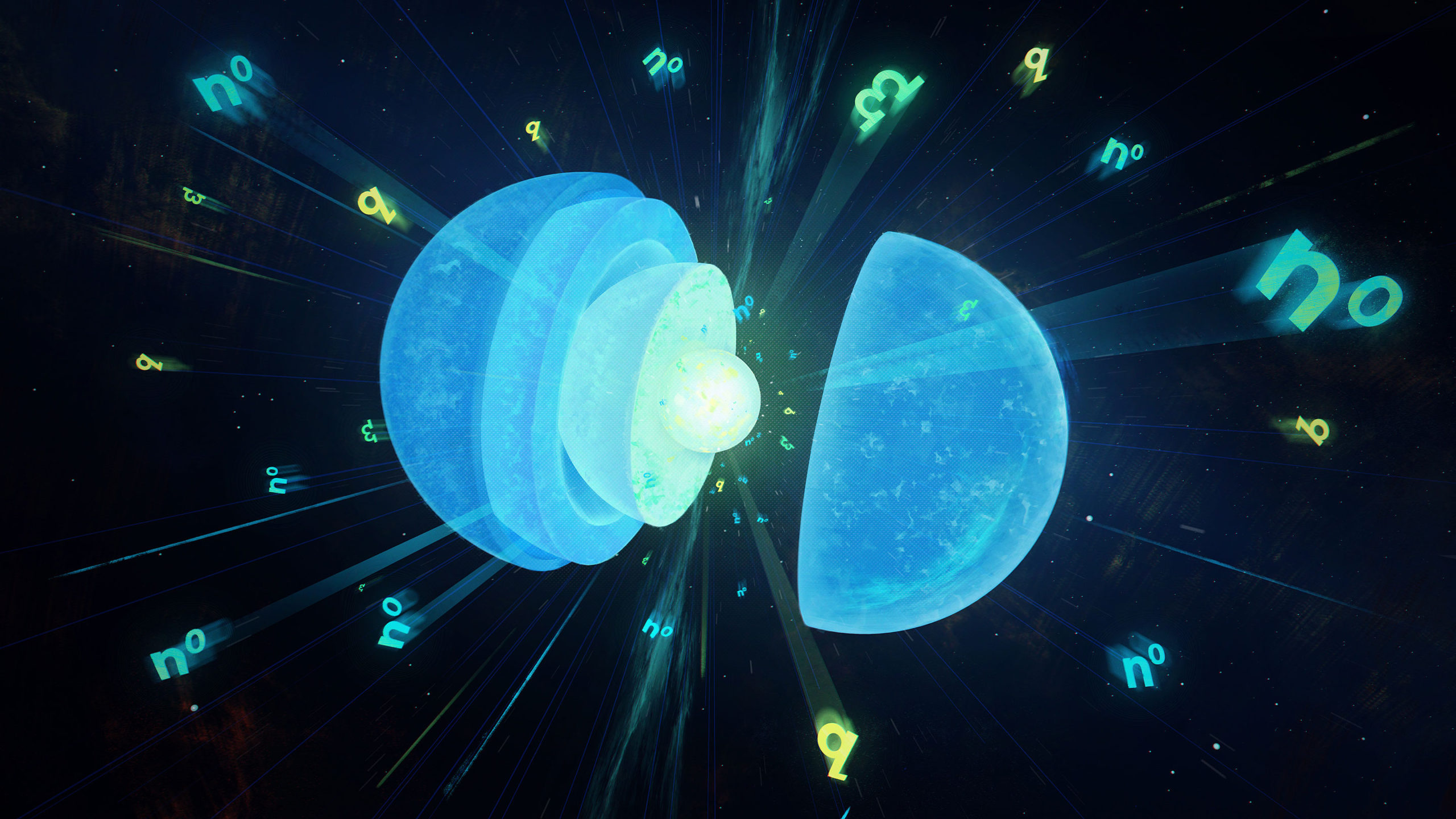Interesting Astronomy & Astrophysics news from the week of 3/1/2021
Next week’s night sky: When the moon reaches its third-quarter phase at 8:30 p.m. EST on Friday, March 5 (or 1:30 GMT on Saturday, March 6), it will rise in the middle of the night, and then remain visible in the southern sky all morning. At this phase, the moon is half-illuminated, on its western side – towards the pre-dawn sun. Third-quarter moons are positioned ahead of the Earth in our trip around the Sun. About 3½ hours later, Earth will occupy that same location in space. […]
Read more


